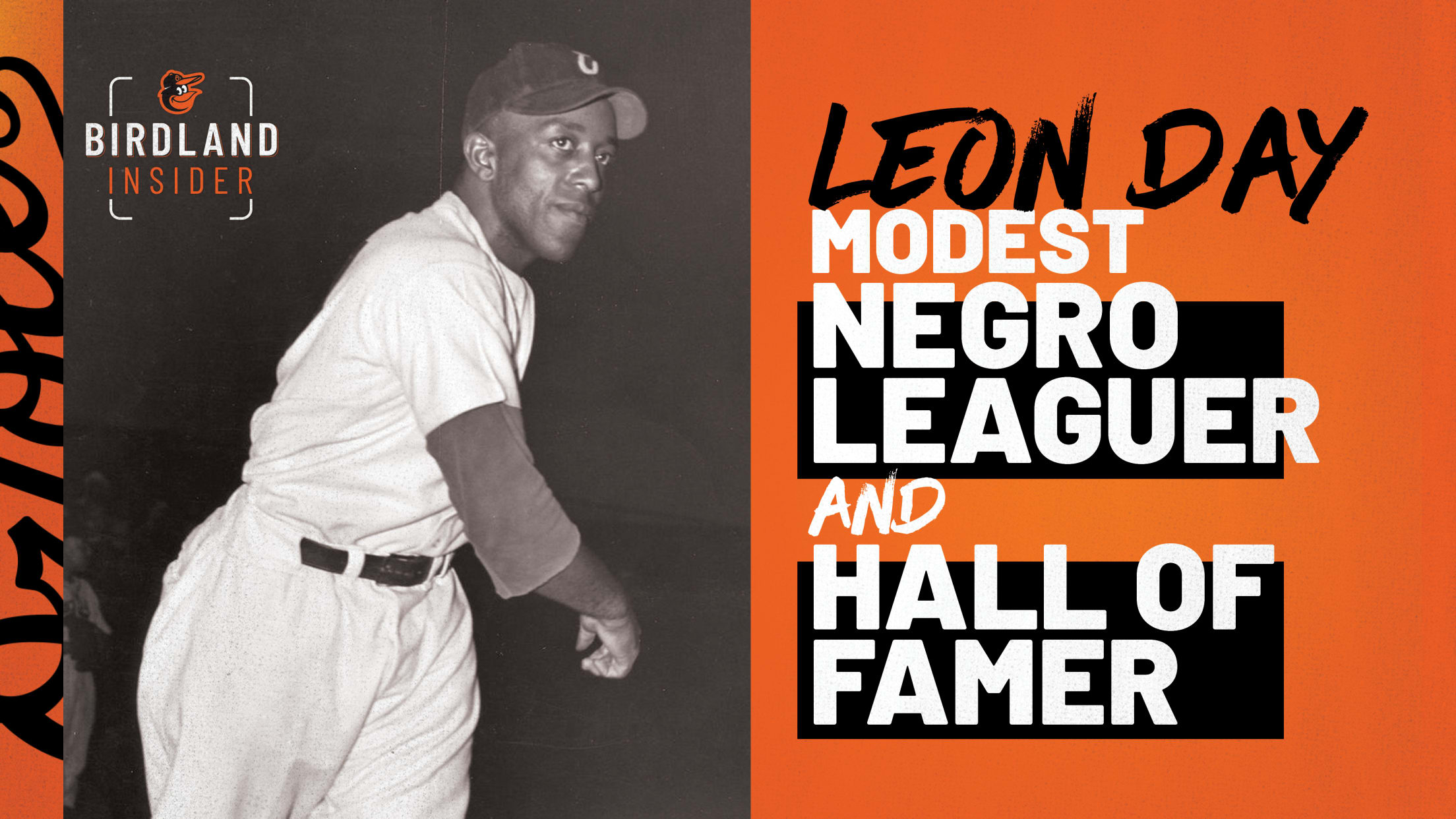
Leon Day: Modest Negro Leaguer Made It To The Hall Of Fame
When Leon Day was elected to the Baseball Hall of Fame in 1995 by the Veteran’s Committee, becoming the 12th Negro League player to be enshrined, it came as a surprise to some that he was selected over the likes of more well-known players from a time when Blacks were denied a chance to play in then all-white “big leagues.”
Players like “Bullet” Joe Rogan, “Smokey” Joe Williams, Turkey Stearnes and Biz Mackey, among others, were more well-known to the general public but would have to wait their turn before being elected.
But make no mistake – Leon Day’s election came perhaps later than it should have.
Day wasn’t flashy, didn’t have a colorful nickname, and wasn’t a self-promoter. All he could do was play ball with the best of them.
Armed with a blazing fastball and a short-arm, no-windup delivery, Day spent 12 seasons in the Negro Leagues between 1934 and 1950, setting a record with seven appearances in the annual East-West All-Star Game that was played between the Negro National League and the Negro American League.
Some of those he played with and against said he was better than the more renowned Leroy “Satchel” Paige, the much-heralded pitcher who eventually got a shot in the Major Leagues and was the first Negro League player elected to the Hall of Fame, in 1971. Most, though, said he was at least as good.
The comparison was valid in more ways than one. Day’s calm, workmanlike demeanor contrasted starkly with Paige’s flamboyance and showmanship, as did his 5-foot-9, 170-pound frame next to Paige’s stately 6-3 build.
“Leon was as good as Satchel Paige, as good as any pitcher who ever lived, but he never made any noise,” said Monte Irvin, the former Negro League and New York Giants outfielder who was elected to the Hall of Fame in 1973.
“If Satchel Paige is like the Negro League icon, Leon Day is the warrior,” said Max Manning, Day’s former teammate with the Newark Eagles.
In fact, according to known statistics, Day beat Paige in three of their four head-to-head meetings.
Day holds the record for most strikeouts in a game in the Negro National League (18), the Puerto Rican League (19), and the East-West All-Star Game (14).
And Day was not only an elite pitcher, he also was regarded as the best fielding pitcher in the Negro Leagues and an excellent hitter, batting over .300 for his career and often starting at second base or in center field when not on the mound.
Born in Alexandria, VA, in 1916, Day moved with his family to Baltimore as an infant. He quit Frederick Douglass High School at 17 and began his career in the Negro Leagues in 1934 with the Baltimore Black Sox.
The next year, with the Black Sox in financial trouble, he played for the Brooklyn Eagles before signing with the Newark Eagles in 1936. With the exception of one year split between the Mexican and Venezuelan leagues and two years in the military, Day pitched for Newark through 1946. He returned to Venezuela for two seasons before returning to pitch for the Baltimore Elite Giants in 1949 and 1950.
He also spent at least five seasons pitching in winter leagues in Latin America.
Day lost two seasons in the prime of his career while serving the 818th Amphibious Battalion, a segregated unit, during World War II. He helped land supplies at Utah Beach in France six days after D-Day in 1944.
In 1946, after his discharge from the Army, he returned to Newark and, on Opening Day, tossed a no-hitter against the Philadelphia Stars. He went on to post a 13-2 record with 13 complete games in 14 starts and a league-leading 97 strikeouts.
With baseball now integrated and some of the top Negro League players signing with major league teams, Day jumped to Venezuela and then spent helped the Baltimore Elite Giants to the Negro League pennant in 1949. He left the Elites early in 1950 to play for a team in an independent Canadian league, and in 1951 – at age 35 – signed a minor league contract with the St. Louis Browns. He spent two seasons, in Toronto and Scranton, before his release, then two more in Canadian independent leagues before calling it a career.
Day returned to Newark, where he worked a series of jobs and got married. He and his wife, Geraldine, moved back to his hometown of Baltimore, where he worked as a security guard before retiring in 1979. On September 24, 1992, he was honored by the Orioles at Camden Yards and threw out the ceremonial first pitch.
After missing election to the Hall of Fame in 1993 by one vote (former Negro League and Brooklyn Dodgers star Roy Campanella, a member of the Veterans Committee, missed the meeting due to illness), Day was elected two years later.
His election in 1995 was bitter-sweet, however. Day was in the hospital when he received the call of his election. He died only six days later, on March 14, 1995, and thus never made it to the induction ceremony that July. He was 78.
“Day could throw as hard as anyone. I didn’t see anyone in the major leagues who was better than Leon Day,” said Larry Doby, who played with Day for Newark and who later broke the American League color barrier and was elected to the Hall of Fame in 1998. “If you want to compare him to Bob Gibson, Day had just as good stuff. Tremendous curveball and a fastball at least 90-95 miles an hour. You talk about Satchel…I didn’t see anybody better than Day.”